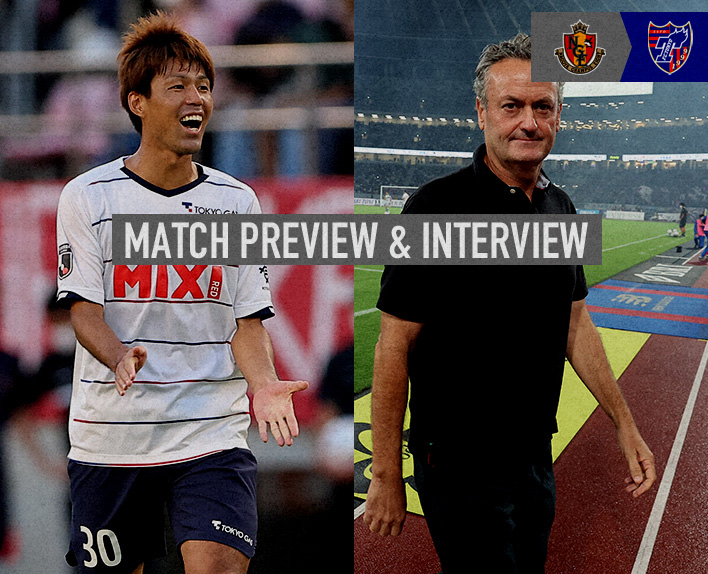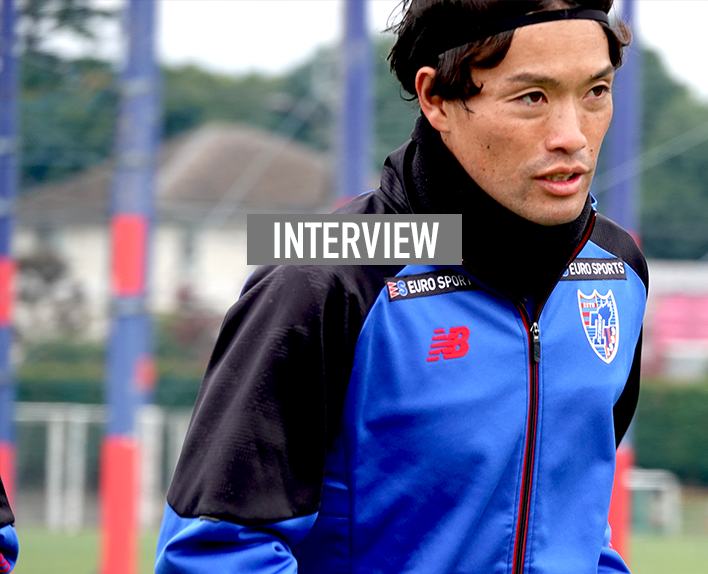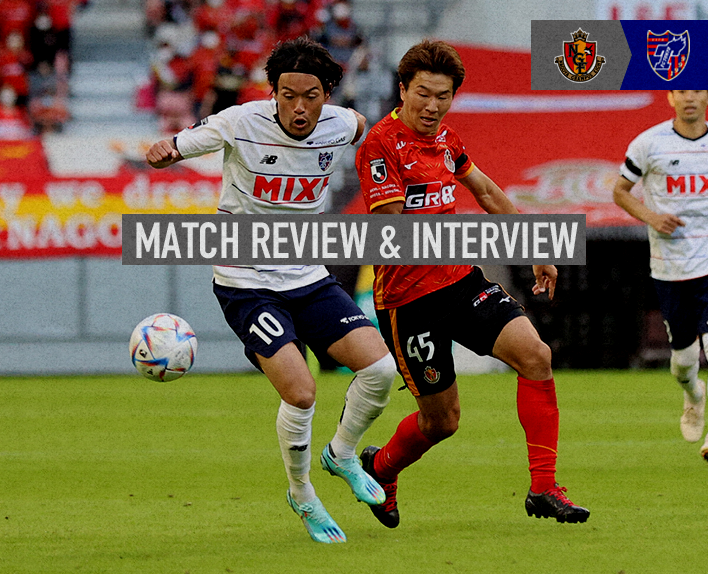<Match Preview>
The journey of the 2022 season, which started on February 18, has reached its last two matches.
The final away game is against Nagoya Grampus. The team is led by Kenta HASEGAWA, who managed Tokyo for the last four seasons until last season. In the first half of the season, Tokyo's players were unable to score against the tactics of the coach, who is well-acquainted with them, resulting in a 0-0 draw.
The biggest threat to Tokyo is undoubtedly the presence of Kensuke NAGAI, who played in Tokyo until this summer. With his exceptional speed, goal-scoring instinct, and bright, beloved character, he was an important figure for Tokyo's fans and supporters. However, this time he will be aiming for Tokyo's goal as a key player for Nagoya. Like Coach HASEGAWA, NAGAI is also well-acquainted with Tokyo's players. How to stop him, who will be increasingly aggressive with the support of the home crowd, will be the key point of this match.
On the other hand, the players from Tokyo are also well aware of Nagai. How Masato MORISHIGE will confront him, and how Yasuki KIMOTO, who was nurtured as a junior in college, will stop Nagai's speed, will lead to an intense matchup, and ultimately, we hope for the Tokyo center-back duo to successfully contain Nagai.
The opponent's defense is led by Yuichi MARUYAMA, who is facing his former team. Following the four goals scored against Cerezo Osaka in the previous match, Coach Hasegawa is expected to implement thorough countermeasures against Tokyo's attack. Tokyo has shown fluctuations in build-up precision depending on the match, but when pressing from the front, they should calmly break the press. If the opponent is solidifying their defensive block with numbers in their own half, Tokyo aims to move the ball quickly to shake the opponent and seize any openings without hesitation.
This season, we have built a new Tokyo style on our journey with Coach Albert PUIG ORTONEDA. As a conclusion, we will bring home 3 points with the soccer of "traveling with the ball" (Coach Albert PUIG ORTONEDA).
[Interview with Coach Albert PUIG ORTONEDA]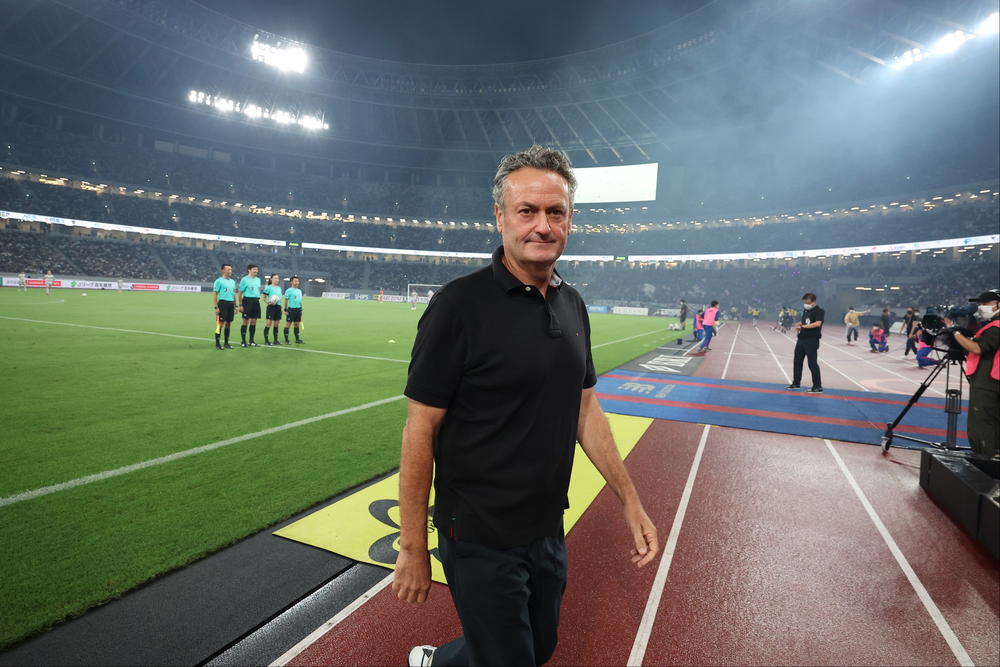
Q: There was a break in the league matches, but how is the team's condition?
A, we were able to engage in good training. I think it has been a smooth two weeks with various things progressing well. Just because things went well doesn't mean we will win the match, but I have a good feeling. I feel that the team is continuously growing, and I have a strong sense that the team is in good condition. However, each match is different, and the results can be influenced by various factors, so there are things that can only be understood by actually playing.
Q: At the beginning of the season, you mentioned that achieving about 50-60% with the new style would be good this season. What percentage do you think it is now?
A, I believe we have reached about 60% of the level we are aiming for.
Q: What is the basis for that?
A, I feel that the current players have adapted well to this style. Naturally, I myself had to adapt to the characteristics of the players. As I mentioned previously, I never intended to do the same thing here as Niigata. My aim was to do better work based on the players' characteristics. Of course, valuing possession of the ball is a non-negotiable part, but from there, I incorporated team tactics based on the players' traits. As the first season of changing the style, I think the players have adapted well and reached a good level. The attacks in tight spaces are also steadily improving, and it is important to continue that growth going forward. However, 40% still remains, so there is still a long way to go. I want to continue making steady efforts there. Reaching the current level in about eight months is something worth recognizing. For example, Yokohama and Kawasaki, who are ranked above us, have played in this style for several years. We also need the same amount of time. I believe that as a club, by traveling together with all the fans and supporters, we will grow into a club worthy of winning. I don't think there are any other secrets.
Q: To fill the remaining 40%, you mentioned the sense of distance between players in the last practice. Is that something that will be necessary?
A. Yokohama excels in playing in tight spaces. One very important concept is playing in narrow areas. Additionally, making runs behind the defense is something we prioritize. This is because we want to take advantage of the many players in the second line who are good at making those runs. If, for example, a player who is extremely skilled at playing in tight spaces joins next season, I believe we must adapt our team tactics based on that player's characteristics. However, to achieve good combinations in tight spaces, time is indeed necessary.
Q: Is it important to maintain possession of the ball against teams that apply high pressure, such as Nagoya?
A. The reason I want to build up from the goalkeeper is that if we can effectively break through against opponents who apply high pressure from the front, it creates space behind them, increasing the chances of creating opportunities. We are not connecting from the goalkeeper just to aim for beautiful play. A team that builds up from the back against opponents applying high pressure carries the inherent risk of losing the ball. On the other hand, a team that applies high pressure takes the risk of leaving a large space behind while having the potential to create opportunities if they can win the ball. I believe there is a back-and-forth battle between these two types of teams.
Q: I think Diego TABA was an important presence as a key foreign player this season. What are your thoughts on that?
I think he contributed in two main ways. There are several reasons why his goal count decreased. One is that he had discomfort in his hip joint since the preseason and continued to play while enduring it. Additionally, if you look at the team's growth process, you can see that the team gradually improved and the number of chances increased. For example, Adailton is better at making runs into space. He had opportunities from the start of the season. As the team grew and had more chances to press the opponent, players like Watanabe, Leandro, and Diego had more goal-scoring opportunities. Because of these various factors, Diego's goal count decreased. Like Morishige, no one doubts that Diego is a very important player for Tokyo. As vice-captain, it was important that he is respected not only by foreign players but by all players due to his past achievements. Additionally, there were several new foreign players who joined the team. Diego was the one who cooperated more than anyone else to help them adapt well to the team.
[Player Interview]
<Yasuki KIMOTO>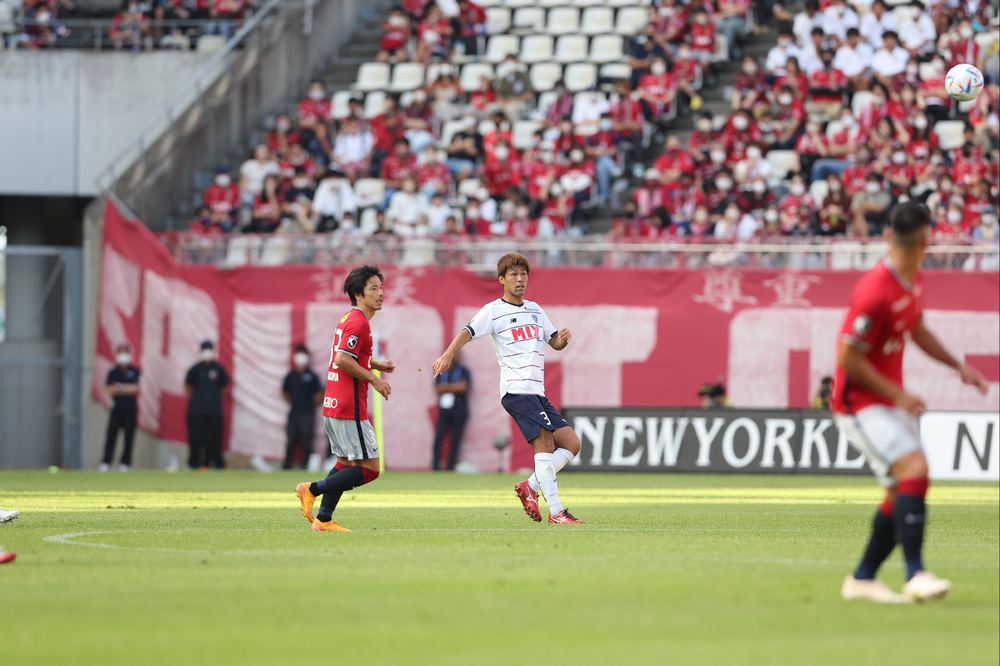
Q: What are your impressions of the match against your former team led by Kenta HASEGAWA?
A, my impression when we faced each other was that everyone worked hard, and I felt that no one slacked off as a team. In terms of offense, I have an impression of quick attacks that utilized the talents of the forwards.
Q, I believe it is a match at Toyota Stadium, which holds a special significance.
A, it is a really great stadium, and since it can accommodate a lot of people, I think it creates a good atmosphere. I had some good experiences during my year in Nagoya, but I also faced many challenges, so in that sense, I am grateful to the club. However, more than that, I have a strong desire not to lose, and I want to focus on competition.
Q: In a previous interview, I believe you mentioned that thanks to Kensuke NAGAI, you were able to enjoy playing soccer. Was his presence in Tokyo significant for you?
Yes, that's right. I am really grateful that, even though you are a senior from university, you have helped me blend into the team that I just joined. You always tell me to enjoy playing soccer, and I believe that is a key factor in my involvement in the matches now. I have that feeling of gratitude, but I also don't want to be outdone, and I want to do my best to defend.
Q: This time, you will be matched up against the opposing team's players. How do you feel about that?
A, I am the fastest in Japan, and since I cannot match that speed, I think it is important to take position first to avoid being outpaced.
Q: I think it is also important to consider how to maintain possession of the ball and build an attack against opponents who come with high pressing from the front.
A, I think they will come to put pressure on us from the front, centered around player Nagai. I have the impression that we haven't been able to achieve good results against teams that come at us strongly from the front, so we need to overcome that. It's important for the Nagoya match to not just escape with long balls, but also to connect from the back and use long balls when there is risk, which is something we have been steadily building up. I want to show what we have been doing for a year while connecting carefully from the back without being afraid.
Q: There are two matches left this season, how do you reflect on your performance so far?
A, I have been able to start in the league matches continuously, and this has been the season with the most playing time in my career so far, allowing me to have a fulfilling season. In these last two matches, while seeking both content and results, I want to make this the best season I have ever had.
Q: What kind of matches do you want to play while being in a position to aim for the ACL?
We can aim for 3rd place, but to be honest, there are aspects that depend on others, so in order to aim for that, we need to achieve two consecutive wins. However, I want to focus on the content and results of the remaining two matches without worrying too much about that, and I hope to conclude the year in a good way.

